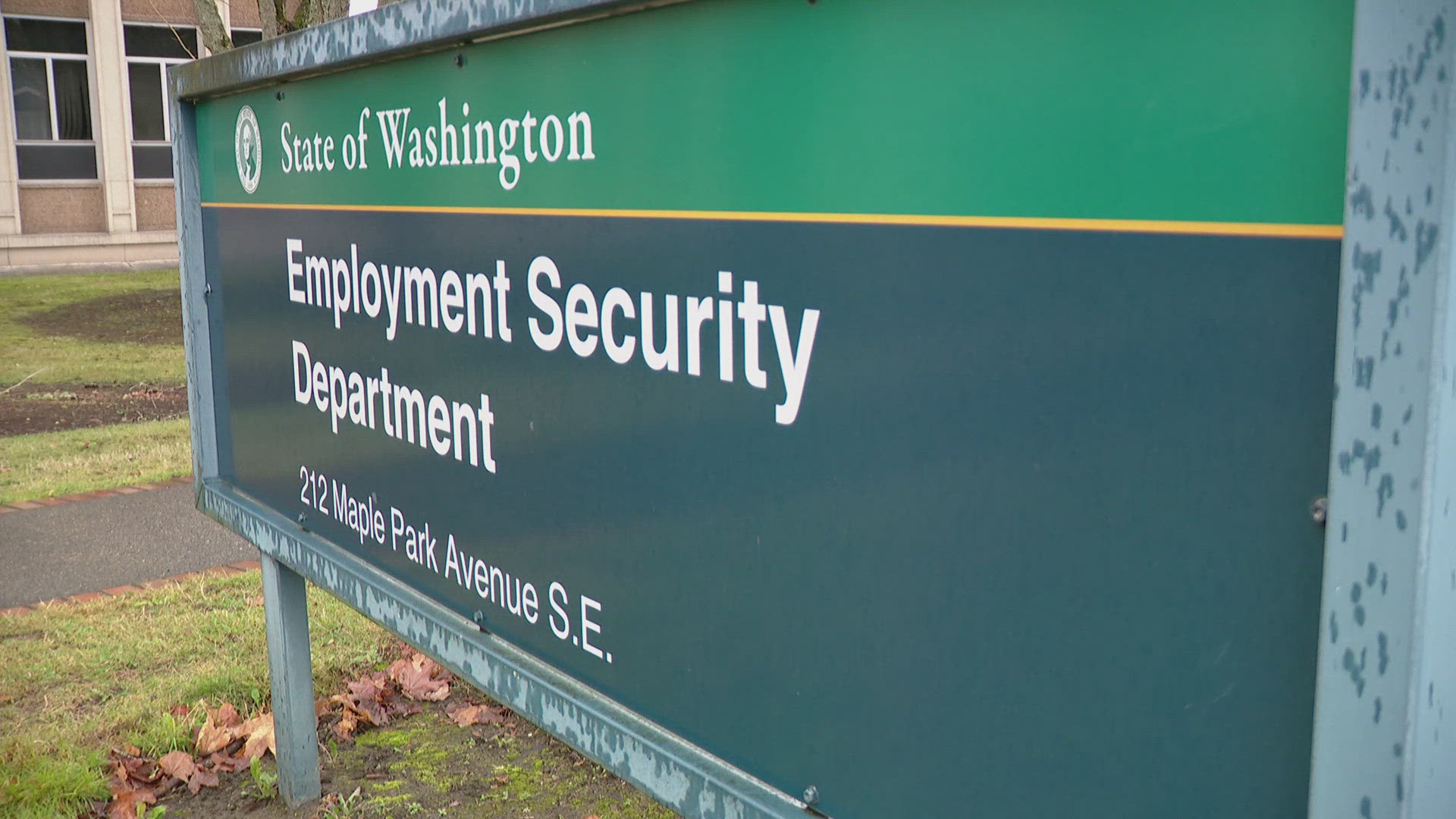The newest aviation technologies will soon be flying aboard a Boeing 777 freighter built for FedEx.
The giant plane delivered from Boeing’s Everett factory in October, and flew FedEx packages over the holidays, is back in Boeing’s hangars fitted out with technologies to make flying safer, more fuel efficient, and environmentally sustainable.
Boeing calls these ecoDemonstrators, various aircraft which are outfitted with the newest technologies for evaluation.
Aboard the FedEx 777F there are 35 different technologies on board being evaluated.
WATCH: Interview with Mike Sinnett, Boeing V.P. of Product Strategy and Future Airplane Development.
Here are some highlights:
The plane will be the first airliner to be flown on 100 percent biofuel. Previously, biofuel from plants and other sources have been mixed with jet fuel. It’s believed a plane can fly a few percentage points farther on biofuel alone, extending the range of jets.
SOCAS, Surface Operations Collision Avoidance System is designed primarily for taxiways and ramp areas, where planes sometimes clip wing tips and come into conflict with baggage tugs and other ground vehicles.
The ACAS-X is an upgrade to the Traffic Collision Avoidance System that’s been used for years. Where TCAS tells pilots what to do to avoid in-flight contact, the new system is designed to use technology on jets to anticipate potential collision situations much further ahead.
Turbulence has long been the leading cause of in-flight injuries, particularly what’s known as Clear Air Turbulence. Clear Air Turbulence can’t be seen or anticipated by pilots, unlike turbulence that often accompanies thunderstorms and visible weather fronts. It hits without warning. Using Lidar, laser detection technology, the expectation is that the laser will pick up on dust or aerosols in the atmosphere invisible to radar and a pilots eye, and warn up to a minute ahead that turbulence is up ahead, so the plane can veer away or passengers and crew can brace themselves.
Enhanced Crew health and Alertness Monitoring is designed to use off the shelf fitness trackers and other devices to detect early signs of pilot fatigue or health issues.
The Synthetic Instrument Landing System will use the Global Positioning System or GPS to provide less expensive and precise landings at airports.
You know that big jet noise after you land which causes the plane to slow down? That comes from what’s called a “thrust reverser.” The number two engine on the plane was modified by General Electric to have a smaller, lighter weight thrust reverser with other weight saving technologies to save fuel and create less noise.


